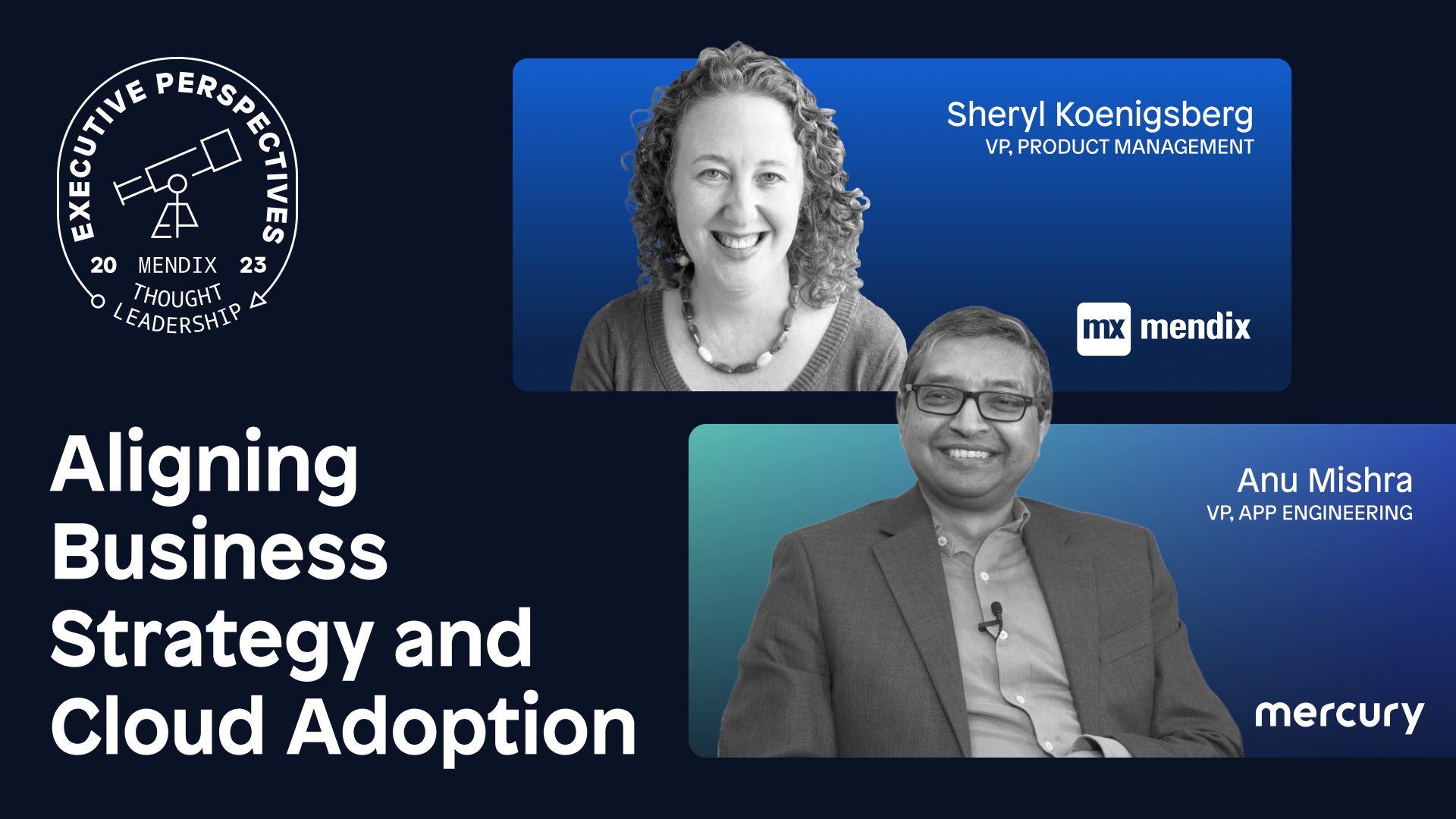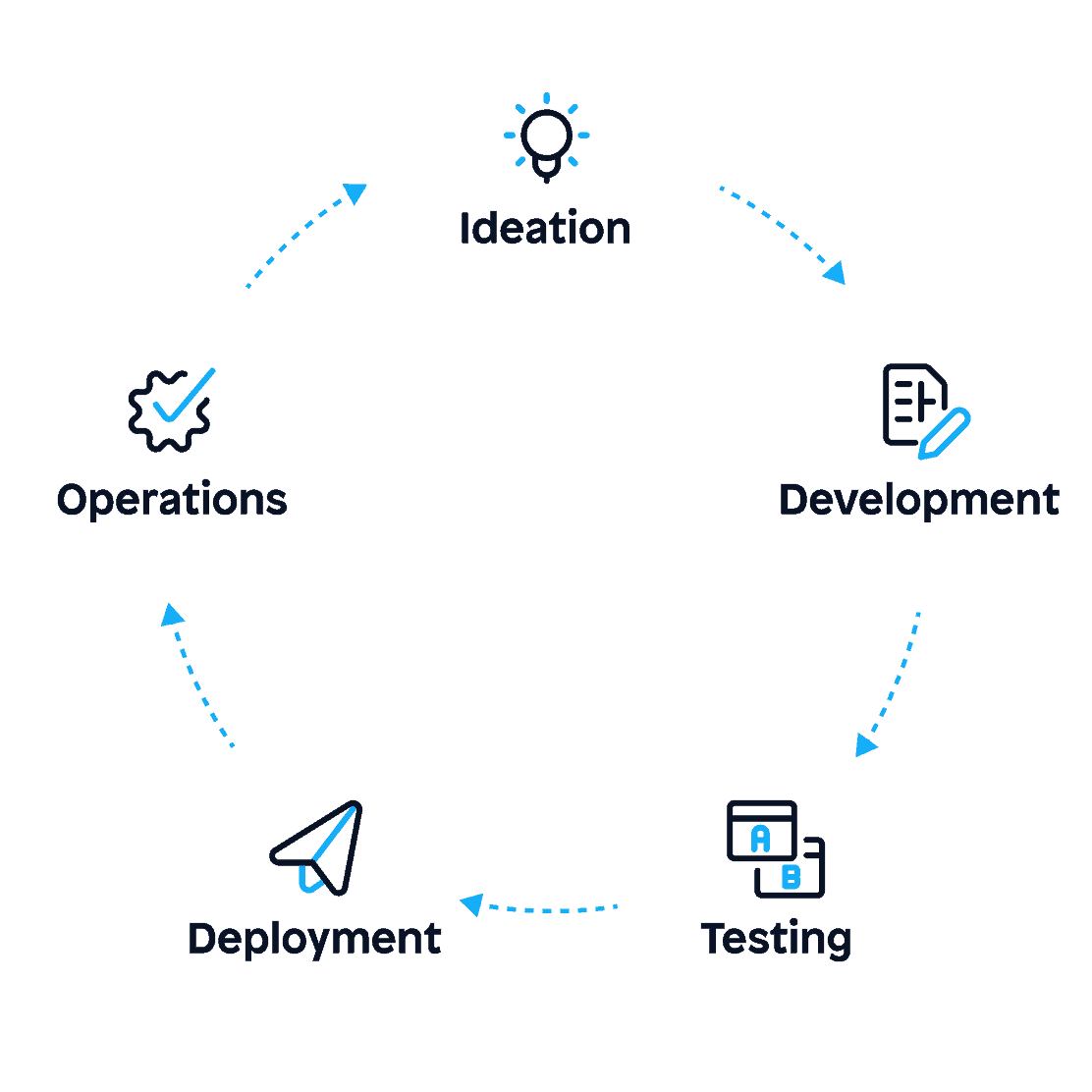IT Decision Makers: Your Keys to Effective Decision Making

When it comes to IT decision-making (ITDM), think of a new home. It’s your first week in the place, and you and your partner hang up a picture of yourselves. It’s only temporary, you tell yourselves. You’ll get a new frame, of course. Once you find more art, it’s definitely going to move.
Fast forward 10 years and that picture is right where you left it.
Enterprise technology choices tend to have that same temporary permanence. What’s supposed to be a quick fix or the first version of a solution turns into something that sticks around for a long time and could even wreak havoc on your stack, your team, and your budget. To avoid that, it’s time you changed up the questions you ask around IT decision-making.
Let’s look at how to re-frame your ITDM journey through the lens of a major IT decision that most organizations are making or have had to make in the past decade: cloud adoption.

Best practices for IT decision-makers
My colleague, Mike Tarentino talks about vision setting a lot and incorporates it into his digital execution practice working with Mendix customers. When selecting a technology that solves a business problem, avoid asking “What’s the right technology?” first. Thinking tech-first is assuming that the business problem is a technological one, and often it’s not. That’s because technology is only a quarter of the solution. The digital execution practice helps organizations figure out how to put the right people in place with the right processes and platforms to create the right portfolio of applications a company needs to achieve its goals.
What you need is to establish a framework around the decision and the strategy behind it, and also consider culture and training during rollout. When it comes to making IT decisions and technical debt mitigation, according to McKinsey, alignment with incentives, acknowledgment of the need for training, and a focus on long-term product delivery are key.
For instance, moving to the cloud isn’t just about selecting the right cloud.
People
You need to ask yourself, who does a move to the cloud affect? How will your operations team handle deployment now? Does your team have the skillsets to maintain and deploy in the cloud? How do the applications you deploy to the cloud affect your customers?
Platform
Research and figure out which cloud is best for your company? Is it a private, secure cloud? Is it a public one? What’s lock-in like? How does this affect your data locality, governance framework, and security requirements—how do those affect your cloud decision? What are best practices around data storage? How does that affect latency and performance?
Portfolio
Even though you move to the cloud, not all of your applications need to be—or in some cases can’t be—deployed to the cloud. You need to work with your team to identify apps that make sense for the cloud. How does this move affect applications that aren’t going to the cloud if at all? How does this move affect your customers and how they access your applications? What’s the effect a data center’s location has on CX?
Process
Development of your applications may stay the same, but your deployment processes are definitely going to change by moving to the cloud. So what are the processes that you need to put in place around releases? Do you have a CI/CD or agile methodology in place? If not, how long will it take to stand that up? How will those be communicated to your team?
Going to the cloud with purpose
A recent, shining-star example of a cloud-focused, ITDM comes from Mercury Systems, who have made the move to the cloud, but did it according to what made sense for their business, not just because everyone else was doing it, as VP of Applications Engineering Anu Mishra put it.
Mercury Systems is an American manufacturer of technology for the aerospace and defense industry. Their goal—an ambitious one with huge tech stack implications—was to connect a number of disciplines across their organization to provide visual interpretations of complex data sets like supplier data, bill of materials, CAD models, and so on. Ultimately they leveraged low-code to help create applications across this “digital thread.”
“Look at the business goals first and see if cloud fits.”
Anu and Mercury Systems figured out that the best way to enable themselves to execute their plan around Digital Thread, they would have to move to the cloud. “This was really part of our Agile, DevSecOps, and Digital Thread initiatives,” he said. “That was one side of the coin. The other side was cloud. Cloud was more like a solution and enabler than a reason to go on the cloud.”
There’s no one way or timeline to adopting cloud. Anu recognized this as he set out to create solutions for the Digital Thread initiative. “Look at the business goals first and see if cloud fits” is Anu’s advice for anyone looking to move to the cloud. Mercury Systems is in a highlight regulated industry, so Anu needed to always keep in mind compliance, risk, and security in determining cloud fit. The vision wasn’t about the cost reduction that cloud offers. It was about trying to solve for the business. “Cloud happened to be the answer.”
Mendix is cloud-native
Mercury Systems is just one of the many organizations to leverage the Mendix low-code Platform’s cloud-native architecture. Ironically enough, Mendix’s journey to a cloud-native architecture isn’t unlike Mercury Systems’s journey to move to the cloud. It started with a business goal.
Since its inception, the Mendix Platform lets organizations build enterprise-grade applications. But we also noticed that for our customers to speed up their software delivery, it required more than just accelerating development. We recognized that delivering software faster requires accelerating the entire DevOps lifecycle, which means that we have to be really good at enabling our customers to not only build apps, but run them too.

So what do we do? The tip-of-our-nose solution would’ve been to go out and buy a lot of data centers and essentially become data center operators. Fiscally and strategically that made no sense, and we’d never win against the Azures, AWSes, and GCPs of the world. So instead, we set up our infrastructure to be cloud-native.
The results are that we are not bound to any particular infrastructure. This aligns perfectly with our business’s goals and our customers’ needs. It allows us to lower the costs for running apps, which, in turn, allows you to build and run apps at less cost and less fuss, because we’re running it for you.
The big picture
Effective decision making is at its best when the decision improves the business and its customers’ business. So when it comes to solving business problems, make sure the decision is aligned with strategic goals, that it gives you and your customers the flexibility you need, and that you consider the cultural impacts it’ll have across your organization.
Otherwise, you’re stuck with the same picture, and it’s not a pretty one.
